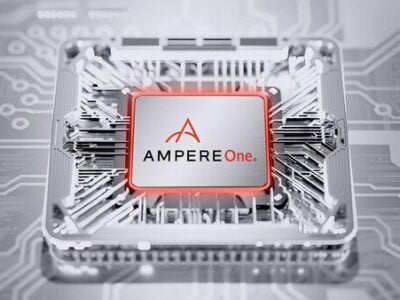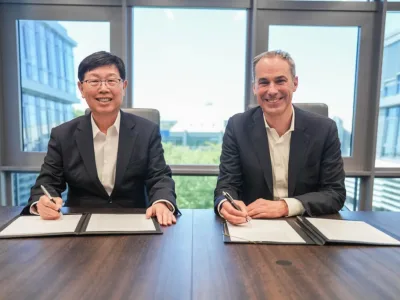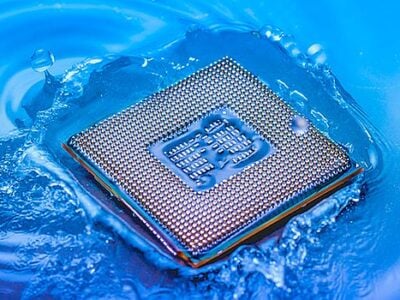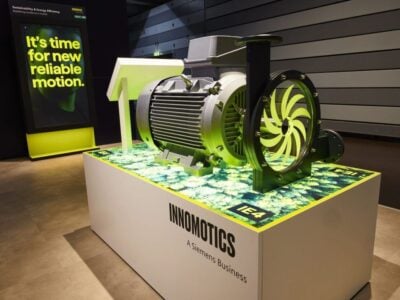
Two competing low cost development boards have launched today aimed at schools. A RISC-V board themed around the BBC’s Dr Who has been launched on the same day as an updated version of the ARM-based BBC micro:bit.
The BBC HiFive Inventor board (above, left) is the first low cost system for Science, Technology, Education and Mathematics (STEM) learning programmes based around the RISC-V open source instruction set architecture.
BBC Learning, a division of BBC Studios teamed up with STEM platform developer Tynker and chip maker SiFive on the board and coding lessons narrated by Thirteenth Doctor, Jodie Whittaker. The ‘hand-shaped’ board uses the FE310-G003 from SiFive that is based around the E-31 RISC-V core running at 150MHz, with 64KB of data RAM and 512KB of flash storage. It also has four analogue-to-digital converters, I2C, SPI, UART, and GPIO interfaces and a microUSB port. There is also an eCompass sensor, temperature sensor and an ambient light sensor with a matrix of 6×8 LED lights. It can also be powered by a battery pack.
“Kids are the future, and my six- and eight-year-old love the BBC Doctor Who HiFive Inventor. It provides a great combination of block-based and real coding in a physical space that they can interact with and learn from. Coding is an incredible skill that allows us to build anything that you can imagine – apps, autonomous cars, and things we haven’t dreamed up yet – and kids have the best imaginations. We at SiFive love working with BBC Learning and Tynker to help drive this amazing collaboration, and move the state of computer education forward,” said Dr. Chris Lattner, President of Engineering and Product at SiFive.
Farnell, the exclusive manufacturing partner of the Micro:bit Educational Foundation, is also shipping a new BBC micro:bit with a faster processor, more memory and sound and touch.
One of the most requested enhancements was the addition of a built-in speaker and microphone to allow children to be creative with sound and music. It also uses a 64MHz nRF52833 microprocessor from Nordic Semiconductor with 512kB of flash storage (double the storage in comparison to the original micro:bit), and an eightfold increase in RAM to 128kB. The board also includes a discrete regulator that can supply up to 200mA of current to external accessories.
A MEMS sensor microphone and 9mm magnetic loudspeaker are partnered with a dedicated recording LED to indicate when the microphone is on, allowing teachers to engage with students around privacy and the impact of listening devices.
Farnell has manufactured and shipped more than five million micro:bit devices since 2016, helping the Foundation reach an estimated 25 million children in more than 60 countries to support STEM programmes.
“The purpose of the micro:bit is to help children unlock their creative potential and learn how to shape the world around them. Learning coding and computational thinking can enhance their life chances in the 21st century,” said Gareth Stockdale, CEO of the Micro:bit Educational Foundation. “We have worked closely with our thriving community to make it even easier to get the most out of the device both inside and outside the classroom. Getting hands-on and experimenting with the micro:bit is critical to helping children better understand important technologies early in their development, and we aim to make this as fun, accessible and affordable as possible. Our partnership with Farnell has been key to the success of the project and we thank them for their continued support as we impact more young people around the world.”
www.HiFiveInventor.com; microbit.org
Related articles
- RASPBERRY PI [4] KIT SUPPORTS STEM LEARNING
- FARNELL SUPPORTS HOME LEARNING WITH NEW ONLINE RESOURCES
- RE-IMAGINING STEM EDUCATION THROUGH ROBOTICS
Other articles on eeNews Europe
- ARM spins out its Pelion IoT business
- UK boosts Space-as-a-Service with 10 satellite contract
- SuperResolution added to world’s smallest camera module for medical imaging
- First steps to European multicore RISC-V chip for space
 If you enjoyed this article, you will like the following ones: don't miss them by subscribing to :
eeNews on Google News
If you enjoyed this article, you will like the following ones: don't miss them by subscribing to :
eeNews on Google News



